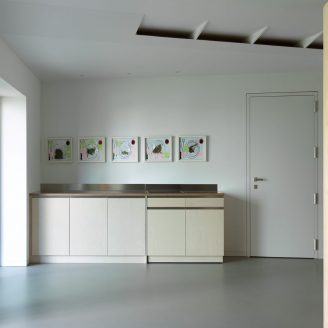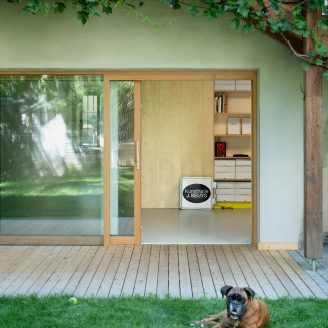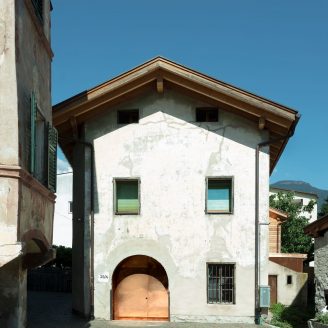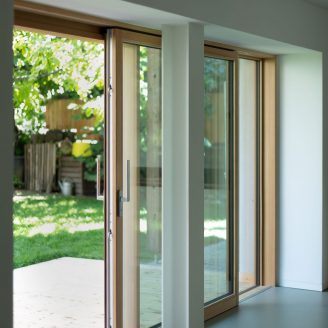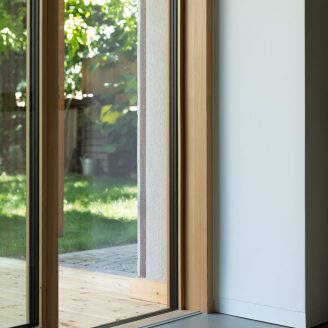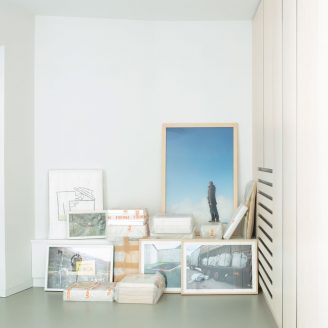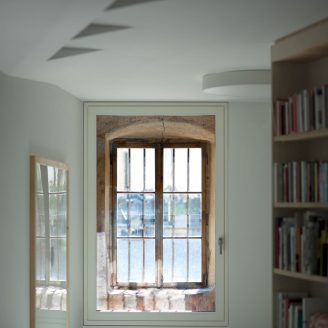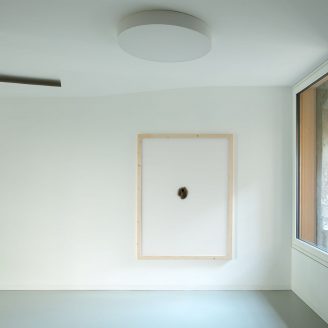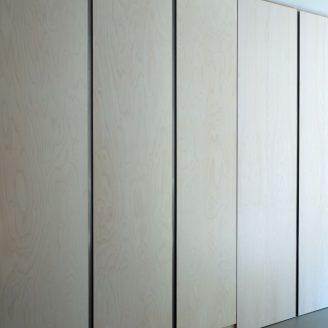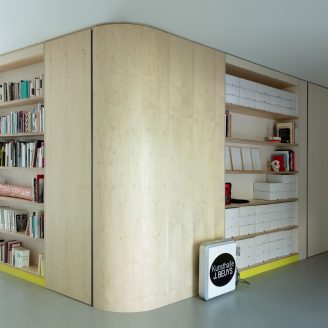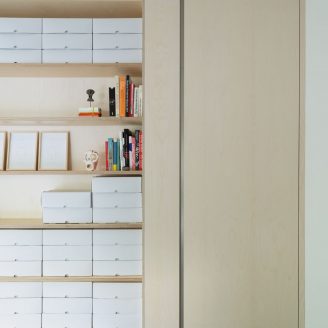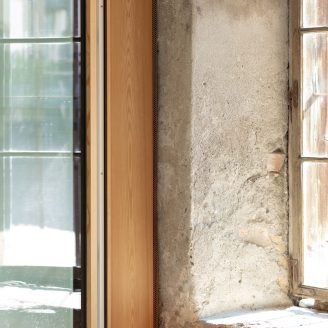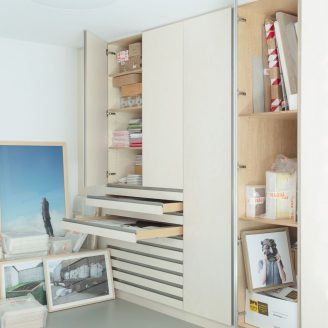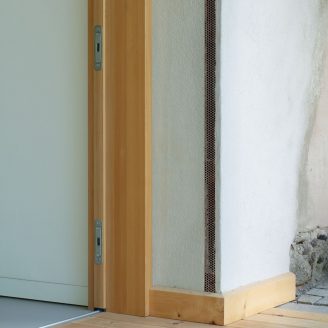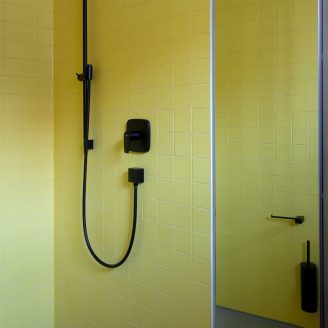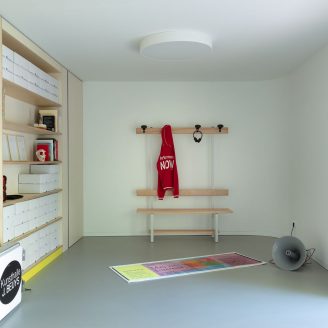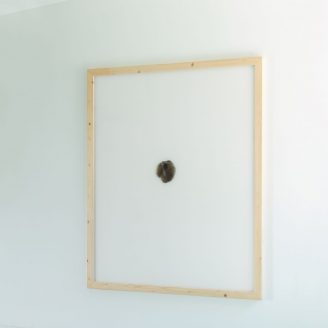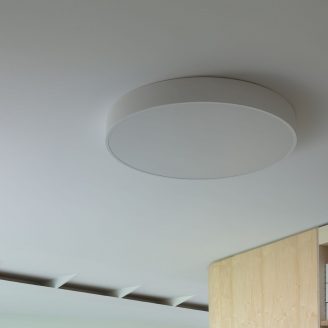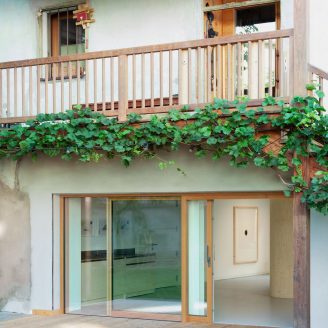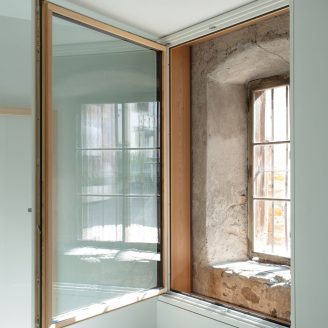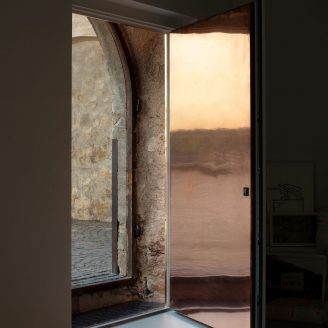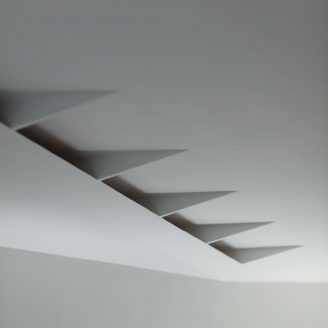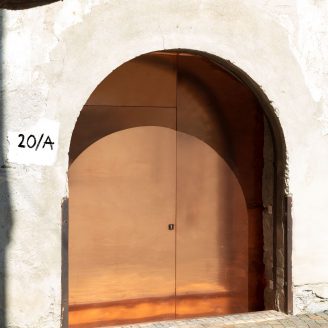Located in Lana’s beautiful historic old town, to the West, a three-story house faces a small town-square that is charmingly beset on all sides by testimonials of history, a so fascinating place that it was painted by Wassily Kandinsky in 1908.
Today, this is the house of artist Hannes Egger’s family: the first and second floor of the house were reconstructed and made inhabitable about a decade ago, through a “house within the house”, an internal construction. Now, in a new project designed by Messner Architects, the ground floor, originally used as workshop, was to be recovered and turned into a studio for our client.
The Egger family home, located in the heart of Lana, at Am Gries 20/A, faces the small square rather humbly with a modest punched-window façade, a double-pitched roof, and an arched entry gate. Whereas the east façade, facing the garden, is a homey and cozy appearance with its wooden staircase and balcony. The floor in the studio was dewatered, insulated and furnished with floor heating. Just like on the upper levels of the house, here too, the inside of the building envelope is a ventilated wooden frame structure.
A central module with an interior bathroom docks into the existing frame on its northside. On its remaining three sides, the module is accessible as storage space with drawers, shelves, closets, and a walk-in archive. Along the studio’s southside, there is a small kitchen unit with a mobile kitchen block.
Here, a previously existing opening leading to the garden was expanded and replaced with a generous glazed door element, providing the studio with more day light. The wooden gate that once opened the house towards the square was replaced with a copper-clad door. A suspended installation grid stretching from garden-side to courtyard simultaneously functions as lighting element.
A new doorway connects the studio to the small side annex that used to be a pigpen and now functions as workshop, storage and bike shelter.
And so, the rooms surrounding the module at the center, cater to a variety of needs. Whether it be presenting and exhibits, workshop, practice, study, or geting together and celebrating—the studio makes it all happen.
In conclusion, from the outside, the house appears anciently unaltered, in fact, one might think it has surrendered graciously to the hands of time. Once stepping inside, however, one feels as having entered a parallel universe removed from the immediate context.


